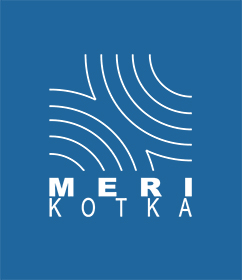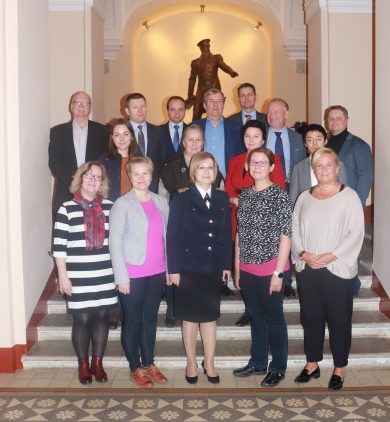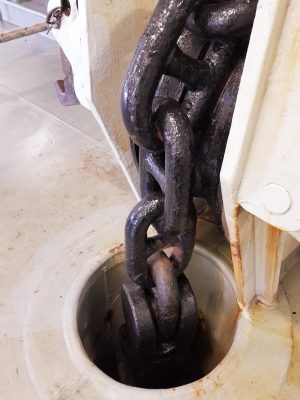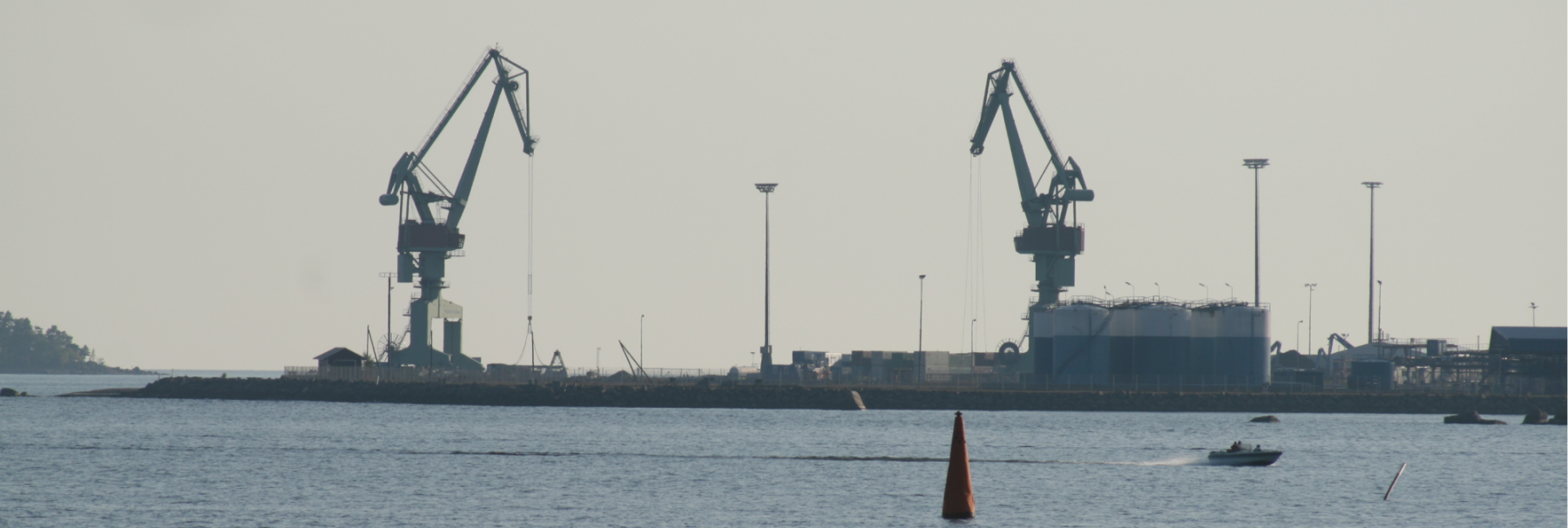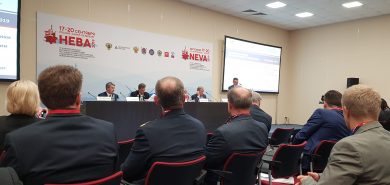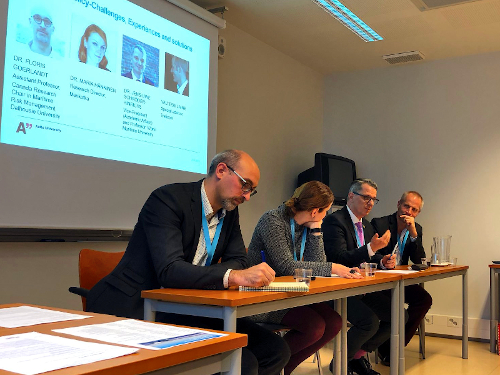In conjunction with the 15th TRANS Neva Maritime and Shipping Industry Exhibition in St.Peterburg a Seminar on Inland Waterways and Cargo Potential was held September 18th, 2019.
The Seminar was organised in the frames of the “Future Potential of Inland Waterways – INFUTURE project”, which is a CBC Programme 2014-2020 project, funded by the European Union, the Russian Federation and the Republic of Finland.
The programme of the seminar consisted of three sessions: 1) Cargo potential of inland waterways of Republic of Finland at Saimaa and Russian Federation at Volgo-Balt basin; 2) Safe fairways – up-to day technologies for fairway and waterways infrastructure; 3) New IWW vessels for efficient “river-sea” navigation via Saimaa and Volgo-Balt and in shortsea.
The seminar was opened by the Rector of the Admiral Makarov State University of Maritime and Inland Shipping Sergey Olegovich Baryshnikov. He underlined the importance of education of the next generation in maritime and inland shipping.
The Vice-Rector for Science and Research Tatyana Alekseevna Pantina presented the Russian Inland Waterway Strategy 2030. The aim of the improvements of inland navigation in Russian is to increase the cargo volumes, to shift some of the cargo volumes from congested roads and railroads to waterways, which is an environmentally friendly transport mode. Modernization of IWW system is necessary, and in 2018 the President of the Russian Federation Mr Vladimir Putin signed a Statute on 12 national development projects of IWW system.
Tarja Javanainen, Kotka Maritime Research Center, INFUTURE Project Manager, introdouced the project to the international audience, the specialists and stakeholders of IWW system. The project started November 1st, 2018 and ends October 31st, 2021. The project partners are Kotka Maritime Research Association (Lead Partner) FI, Aalto University FI, South-Eastern Finland University of Applied Sciences FI, SeaHow FI, Finnish Waterways FI, Admiral Makarov State University for Maritime and Inland Shipping RU and North-West Russia Logistics and Information Development Centre RU.
Feodor Valerevich Shishlakov, Head of the Administration of Volgo-Balt Basin of Inland Waterways (Volgo-Baltic Administration), presented the Volgo-Balt Basin of Inland Waterways. They are controlling the Volgo-Balt Basin, and one of the main tasks is to take care of the safe and smooth navigation. The Volga-Balt Waterway is an important part of the unified system of deep inland waterways of the European part of Russia. This is a complex of engineering facilities, which includes 4,896 km of inland waterways operated, including 2,969 km with guaranteed dimensions, 11 locks with a pressure of 11 to 18 meters, three water power plants, 25 earth dikes and dams, 12 ferry crossings, 9 bridges, 8 lighthouses on the Ladoga lake, over 4,495 aids to navigation, 243 vessels of service fleet.
Pekka Koskinen, the Finnish Waterways and Anatoly Burkov, the Admiral Makarov State University of Maritime and Inland Shipping presented the current situation of inland waterway systems in Finland and Russia. The modernization of the IWW systems have already been started in both countries. The industry has shown interest in transporting the cargo using waterways. One aim of the INFUTURE project is to examine the cargo potential between Finland and Russia (WP1).
Kari Pohjola, SeaHow and Vladimir Karetnikov, the Admiral Makarov State University of Maritime and Inland Shipping discussed about the fairway techonolgies. One aim of this work package is to study the possibilities to prolong the navigation period and execute a pilot using smart buoys, and also create a smart buoy concept for IWW (WP2).
Professor Pentti Kujala, Aalto University and Professor Marina Lebedeva, the Admiral Makarov State University of Maritime and Inland Shipping introduced ideas on new type of cargo vessel for inland waterways. There are several technical issues which need to be carefully studied for inland waterways have their specific features. The idea is to develop a multipurpose vessel type, to work out a concept and also a ship design (WP3).
It was agreed that the work of development of the IWW system is truly important and the time is right for it. The NEVA Trans will take place next time in 2021. The aim is to have an INFUTURE seminar in the frames of it and present the results of the project.
Text: Heli Koukkula-Teixeira
Inverview of Pekka Koskinen could be seen via webpages of Finnish Waterway Association.
News about the seminar in Russian.
